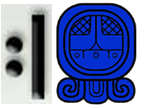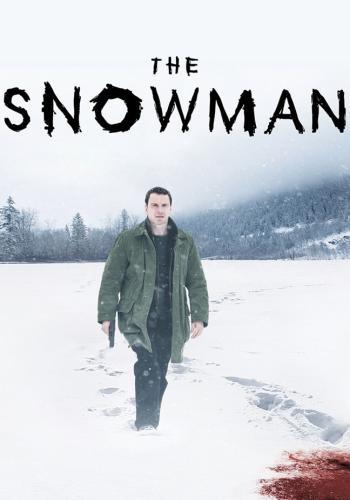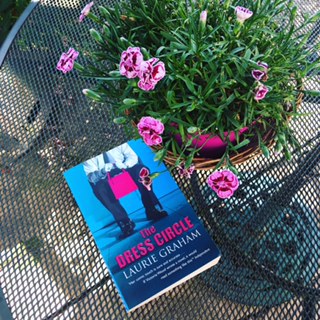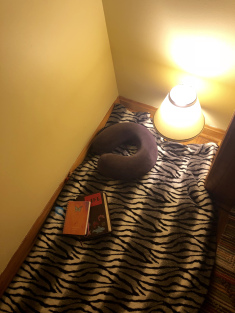Download links for: Barbarians to Angels: The Dark Ages Reconsidered


Reviews (see all)
Write review
Nothing really new, but a refreshng look at what WAS working during the "Dark" Ages.
Not really something I was interested in but this was a simple enough read
The Dark Ages weren't really so dark.
a little bit dry
Other books by History & Biography
Related articles












